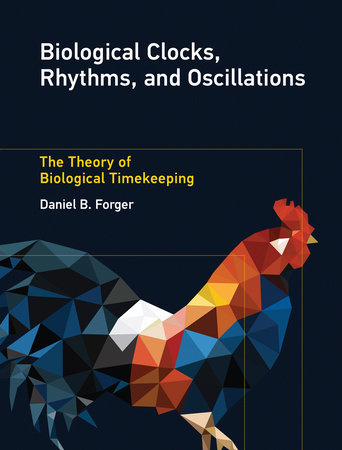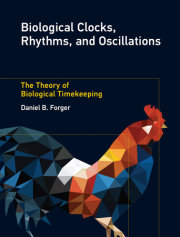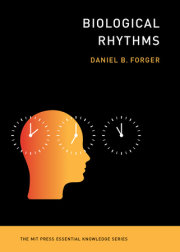Preface xiii
Notation xvii
1 Basics 1
PART I MODELS 35
2 Biophysical Mechanistic Modeling: Choosing the Right Model Equations 37
3 Functioning in the Changing Cellular Environment 73
4 When Do Feedback Loops Oscillate? 101
PART II BEHAVIORS 131
5 Systems-Level Modeling 133
6 Phase Response Curves 171
7 Eighteen Principles of Synchrony 195
PART III ANALYSIS AND COMPUTATION 225
8 Statistical and Computational Tools for Model Building: How to Extract Information from Timeseries Data 227
9 How to Shift an Oscillator Optimally 261
10 Mathematical and Computational Techniques for Multiscale Problems 291
Glossary 323
Bibliography 329
Index 341





